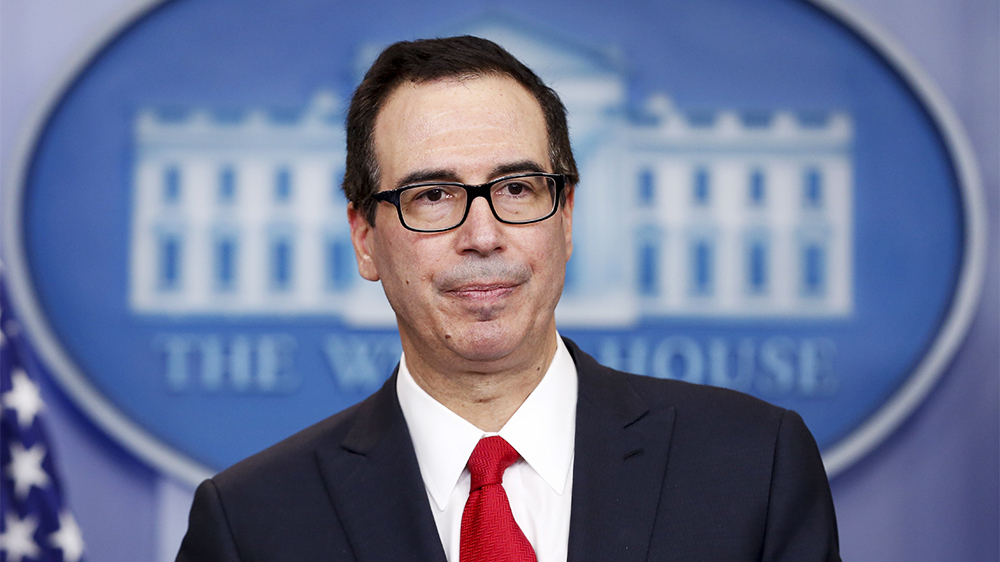President Donald Trump’s administration is teasing real estate investors with the possibility of significant tax breaks when they buy properties in “distressed economic areas” that have since been labeled as “opportunity zones” by the U.S. Treasure Department.

Steve Mnuchin, the Treasury’s Secretary, said the newly designated zones could attract as much as $100 billion in investment.
The idea for the tax breaks is to tempt investors to inject new capital into areas of the U.S. that have fallen behind the rest of the country since the Great Recession. The plan is that capital gains in a certified opportunity zone can avoid taxation through the end of 2026, or until the investment is sold, whichever comes first. Any gains would be permanently shielded from being taxed if the investors holds the asset for at least 10 years. In addition, after a seven year period, the initial investment will be discounted by up to 15 percent for taxation purposes.
The Treasury Department also says that “large scale” projects could possibly qualify for tax breaks. For example, those who invest capital for startup business in opportunity zones could be exempt. Also include are individuals, corporations, businesses, REITs and estates and trusts. More guidance will be issued at the end of the year, the Treasury Department said.
The Treasury Department has published a full list of "Opportunity Zones", available here.
“The creation of opportunity zones is one of the most significant provisions of the Tax Cut and Jobs Act,” Mnuchin said earlier this year. “Incentivizing private investment into these low-income communities can be transformational, stimulating economic growth and job creation across the country. This administration will work diligently with states and the private sector to encourage investment and development in opportunity zones and other distressed communities so that they may enjoy the benefits of robust economic growth.”